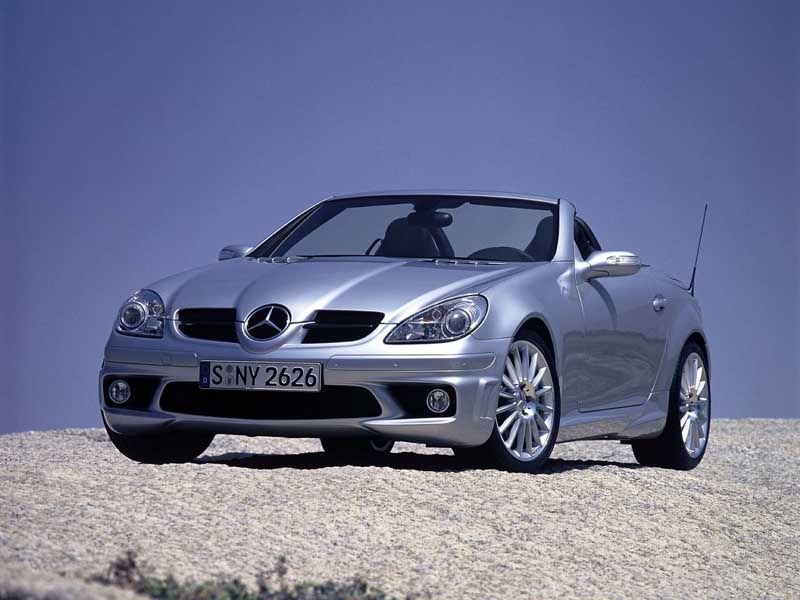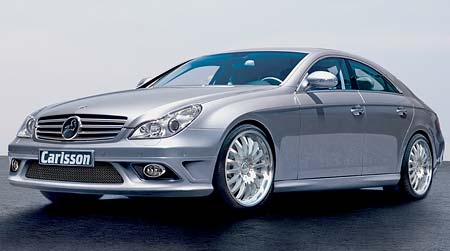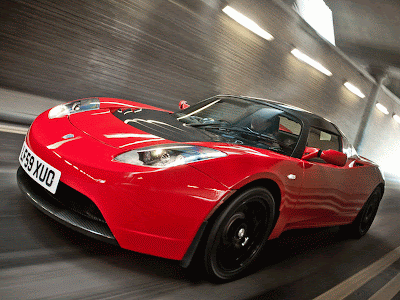Proton GEN-2, 2008




 Having acquired a majority share in Group Lotus Plc in 1996 and a full share in 2003, Proton have combined the sporting heritage of Lotus with its own strengths to create the Proton GEN-2 - a car that offers far more than the average family car.
Having acquired a majority share in Group Lotus Plc in 1996 and a full share in 2003, Proton have combined the sporting heritage of Lotus with its own strengths to create the Proton GEN-2 - a car that offers far more than the average family car.Proton introduced the latest addition to the GEN-2 line-up in March 2008, with the launch of the Proton GEN-2 Persona saloon into the UK. The GEN-2 saloon combines the excellent performance, ride and handling of the GEN-2 hatchback, but with the added sophistication and functionality that comes with owning a 4-door family car.
The GEN-2 - a Proton through and through
Proton believes that driving should be fun and that every one of its cars should deliver superb ride and handling. Progressive technology is evident across the range - not just in performance but in safety measures and standard equipment. The Proton GEN-2 continues this tradition of offering everything motorists have come to expect from a Proton - and more.
Proton cars have always been reliable and good value for money and to maintain this Proton has added many additional features to the Proton GEN-2, making it even better value. But what sets the GEN-2 apart from the average family car is the influence of Lotus. The GEN-2 draws heavily on this, and marked a big step forward for Proton in terms of ride and handling, engine development and vehicle design.
The Proton GEN-2 hatchback and saloon are joined by three other cars in Proton range which are the five door city car the Savvy, the three door supermini the Satria Neo and the Impian four door saloon.
Exterior Design
The biggest challenge for the Malaysian designers at Proton's Styling Unit when they designed the Proton GEN-2, was not only to come up with the design for a new car, but more importantly a brand new identity that would shape Proton cars of the next generation.
Shaking off the existing Proton car image and appearance that car buyers have grown accustomed to over the last 15 years required the designers to embrace a bold and more daring approach in their designs. Equally important was to establish a presence that would disassociate future Proton cars from being perceived as rebadged variants belonging to Mitsubishi.
From the Proton GEN-2's conception there was a desire to create a family car which showed Proton was a manufacturer of exciting and passionate cars rather than conventional products. The GEN-2 was designed to have an aerodynamic and curvaceous styling not previously experienced in previous Proton vehicles, or generally found on family cars. This goal enabled designers and engineers to set a consistent and emerging styling direction for future products, giving Proton cars their own personality, character and presence.
Lotus influence in the Proton GEN-2 is strong compared to previous Proton vehicles, particularly in the exterior and interior styling, which has set out to create a more sporty and contemporary car both inside and out. The GEN-2 represents a harmonious blend of Proton and Lotus characteristics to produce a contemporary and much sportier car than previous models and set a standard which each of the current products now embodies.
Size
The Proton GEN-2 hatchback has an overall length of 4310mm, an overall width measuring 1725mm, a height of 1435mm and wheelbase of 2600mm. This compares very favourably with the competition, with the car being longer than many of its competitors and having improved vehicle dynamics. It has a 50 litre fuel tank and luggage area volume of 460 litres with the rear seats up and a volume of 850 litres with the seats folded down.
The GEN-2 saloon has an overall length of 4477mm, an overall width measuring 1725mm, a height of 1437mm and wheelbase of 2600mm. The saloon version has a luggage area volume of 430 litres with the seats up, which can be doubled with the seats folded down.
NVH suppression
The Proton GEN-2 aims for superior NVH characteristics which make the driving experience comfortable for occupants without eliminating the sporty engine noise. The aerodynamic profile means the GEN-2 delivers low wind resistance, good high speed manoeuvrability, vehicle stability and control.
Lighting
Sculptured headlights give a more aggressive appearance and the front bumper has been deliberately designed to appear lower for a more sporty presence. Clear fog lights have also been integrated into the front bumper for a more dynamic stature. All Proton GEN-2 models have halogen headlamps with semi-automatic levelling as standard.
Interior Design
When you step into the Proton GEN-2, you can't miss the influence of the Lotus Design Studio in the circular styling of the controls, cowled dash, subtle red LEDs and sporty dials.
Equipment
All GLS and saloon models are fitted with an air conditioning system with pollen filter, with GSX models having automatic climate control with pollen filter as standard. The familiar vertically stacked heating controls are situated conveniently by the gear lever and complement the simplistic, minimalist and sporty look and feel.
Engines and Transmissions
The Proton GEN-2 is available with a choice of either a 1.3 (hatchback only) or 1.6 litre 16v Lotus developed CamPro petrol engine. All manual transmission models have a five-speed gearbox and a four-speed automatic option is available on 1.6 models.
Testing of the engine was conducted on both engine rigs and dynamometers as well as on the road with running prototypes already having completed rigorous tests all around the globe and accumulating more than 27,000 hours.
Chassis
The Proton GEN-2 inherits a more rigid platform and body, and Lotus-tweaked suspension for more agility, stability, precision and control as Proton engineers pursued to provide greater active safety.
Proton and Lotus engineers reached the perfect balance between performance excellence and ride comfort in the set-up of the GEN-2, delivering a car with a sporty personality and spirited drive yet managing to attain a high degree of comfort. The goal was to create a car big on performance, and equally generous in terms of on road comfort. In essence, Proton engineers targeted the car for a specific audience - those who are in the market for a practical family car yet desire the performance and personality of a sports car.
The sporty character of the car is translated into creating a more responsive, predictable and controllable package, giving the Proton GEN-2 not only greater agility but stability. The driver registers this in the form of greater precision in terms of lane changing behaviour through an even more immediate and instantaneous response to steering movements.
Safety
Safety is a priority for Proton, who provide drivers with a range of equipment to help to prevent an accident and protect in the event of a collision. The Anti-lock Braking System (ABS) and Electronic Brake Distribution (EBS) deliver controlled, safer braking in adverse weather conditions. EBD distributes optimum braking force to the area of the vehicle that needs it the most, ensuring stability and confidence under heavy braking.
Security
The Proton GEN-2 comes with an integrated alarm system and an engine immobiliser with a unique encoded transponder. The three stage security system minimises the risk of vehicle theft by means of hot wire or duplication of keys, providing protection from theft. The door locking system is fitted with a free rolling key cylinder as a theft deterrent. If an intruder uses an unmatched key or attempts a forced entry on the key cylinder with a foreign object, the lock will rotate freely to prevent opening. Should a window be broken, the combination of the immobiliser and ignition lock protection will ensure that the ignition system is protected and the car cannot be driven.
The central locking cables are hidden to prevent tampering and the locks are less likely to be broken if foreign objects are inserted. To further reduce the risk of kerb-side break-ins there is only one exposed lock, on the driver's door, and no external boot release.



















No comments:
Post a Comment